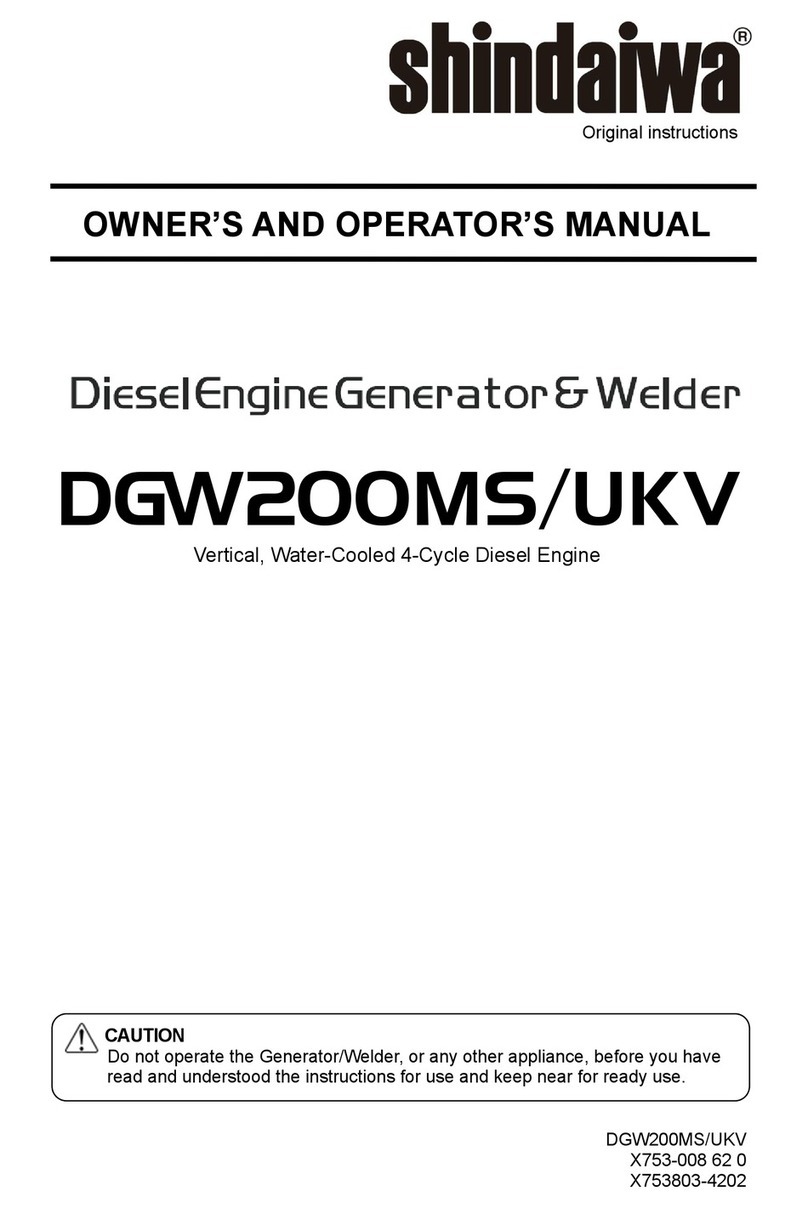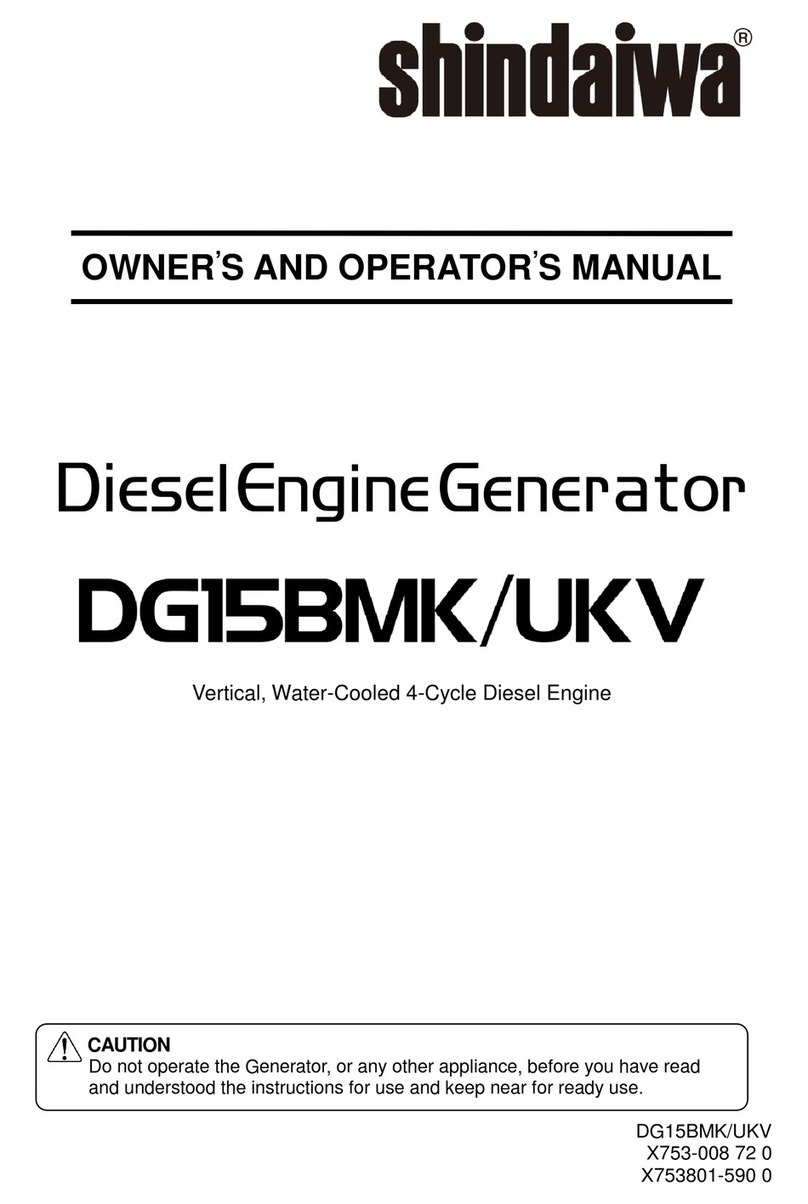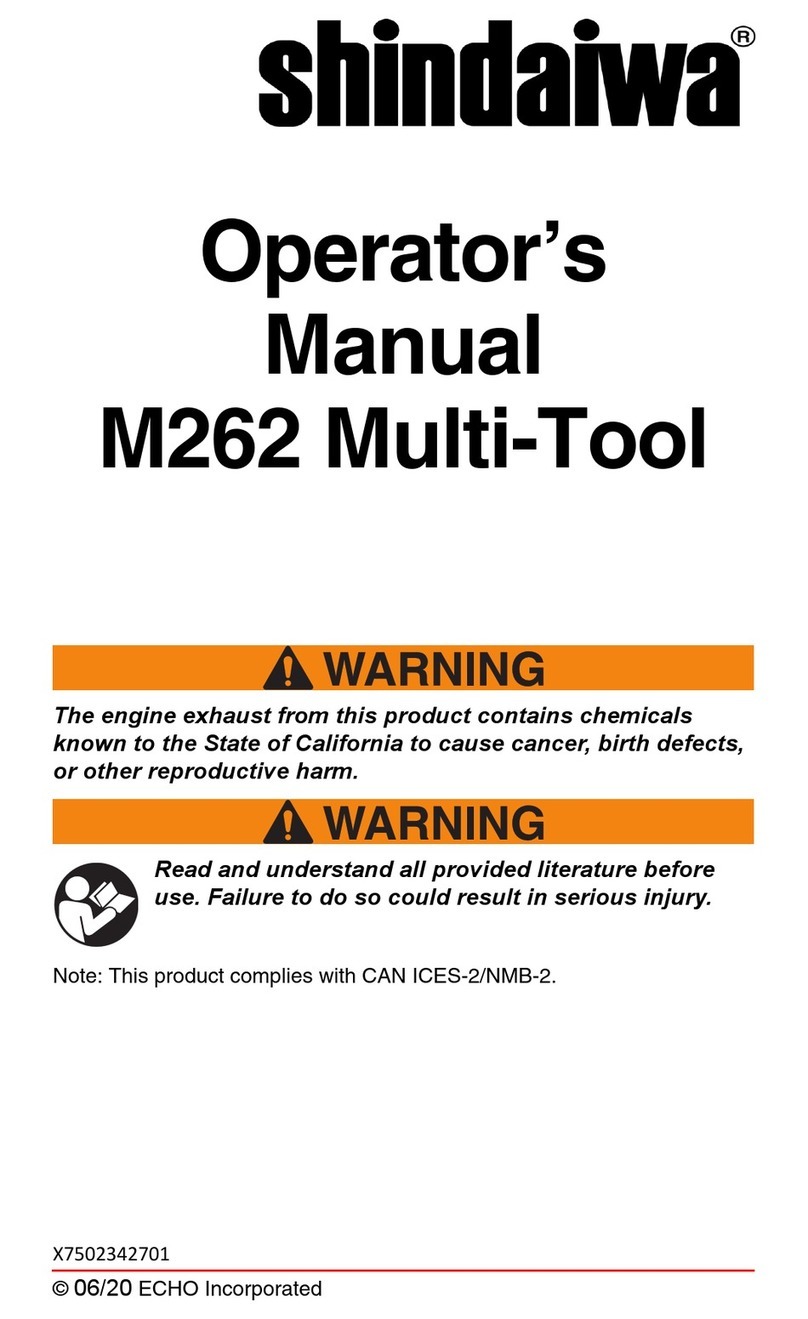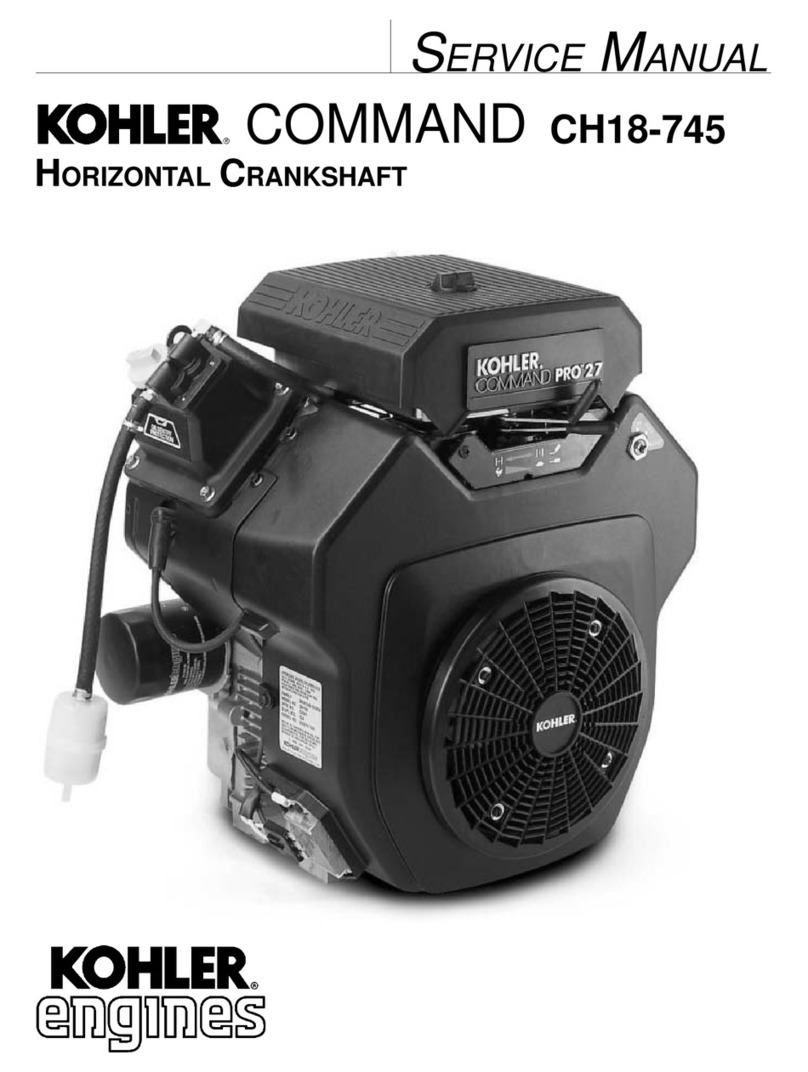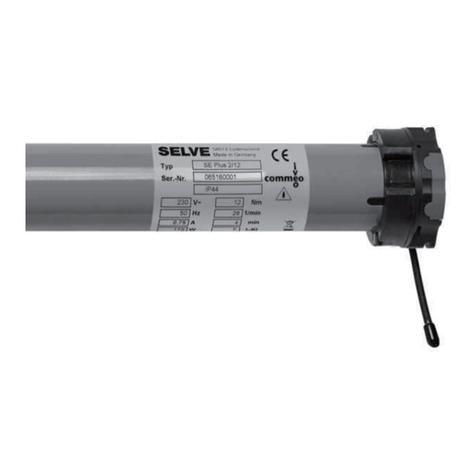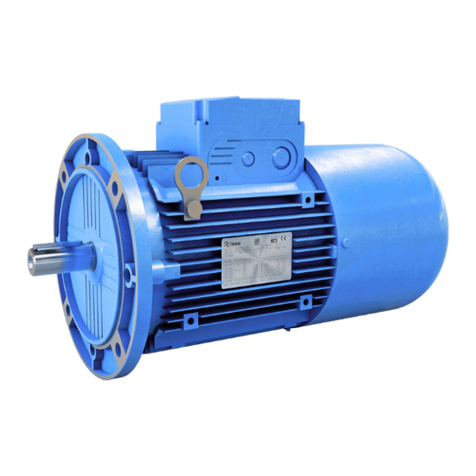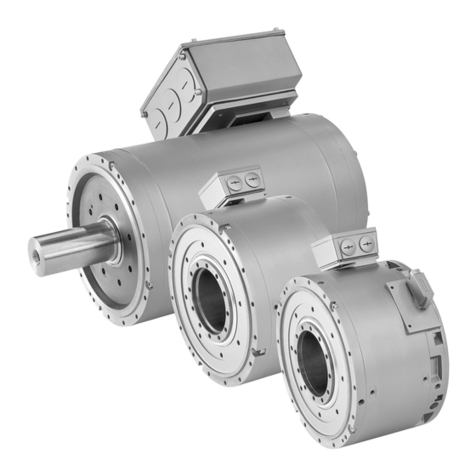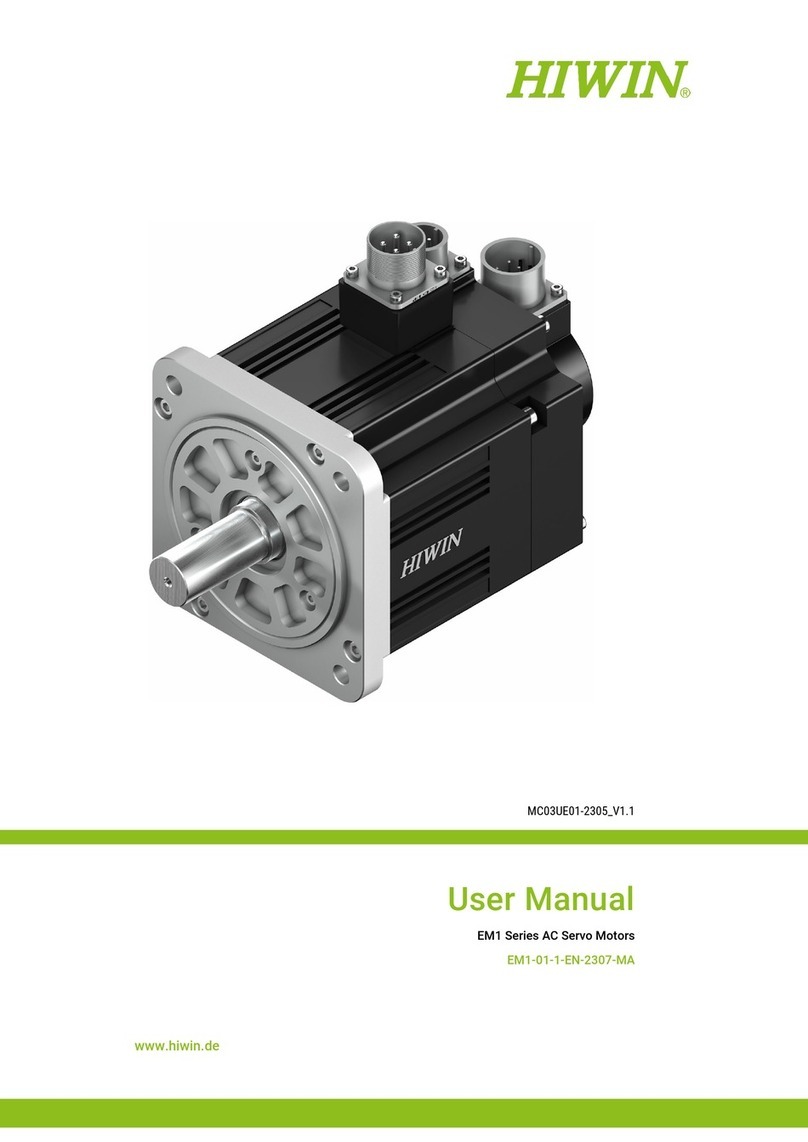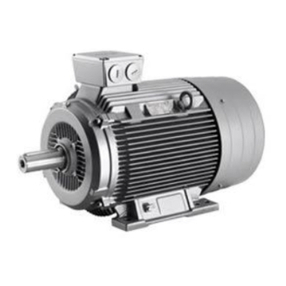
1
Table of Contents
1.
Safety Instructions .......................................................................... 2
2.
Specifications................................................................................... 5
2-1.
Specifications............................................................................5
2-2.
Ambient Conditions................................................................... 6
3.
Applications..................................................................................... 6
4.
Part Names....................................................................................... 6
4-1.
External View/Part Names ........................................................6
4-2.
Operation Panel Part Names ....................................................8
4-3.
Main Terminal Board ................................................................. 8
5.
Equipment........................................................................................ 9
5-1.
Warning Indicators ....................................................................9
5-2.
Meters and Gauges................................................................. 11
5-3.
Fuel Piping Switch (3Way Fuel Valve)..................................... 16
6.
Transporting/Installing.................................................................. 17
6-1.
Transport Procedures.............................................................. 17
6-2.
Installation Procedures............................................................ 18
7.
Load Connections ......................................................................... 19
7-1.
Load Cable Selection..............................................................19
7-2.
Connecting Load Cables.........................................................20
7-3. Earth Leakage Relay and Grounding ....................................... 21
8.
Pre-Operation Inspection.............................................................. 24
8-1.
Checking Engine Oil................................................................ 24
8-2.
Checking Coolant.................................................................... 25
8-3.
Checking the Fan Belt.............................................................27
8-4.
Checking the Fuel ................................................................... 28
8-5.
Checking for Fuel, Oil and Coolant Leaks...............................29
8-6.
Checking the Battery............................................................... 29
9.
Operating Procedures................................................................... 31
9-1.
Initial Startup/Pre-Check.......................................................... 31
9-2.
Procedures during Operation.................................................. 33
9-3.
Stopping Operation ................................................................. 33
9-4.
Protective Functions................................................................ 34
9-5.
Connecting with External Fuel Tank........................................ 35
10.
Inspection/Maintenance................................................................ 36
11.
Long-Term Storage........................................................................ 44
12.
Troubleshooting............................................................................. 45
13.
Generator Circuit Diagram............................................................ 48
14.
Engine Electrical Circuit Diagram ................................................ 49



